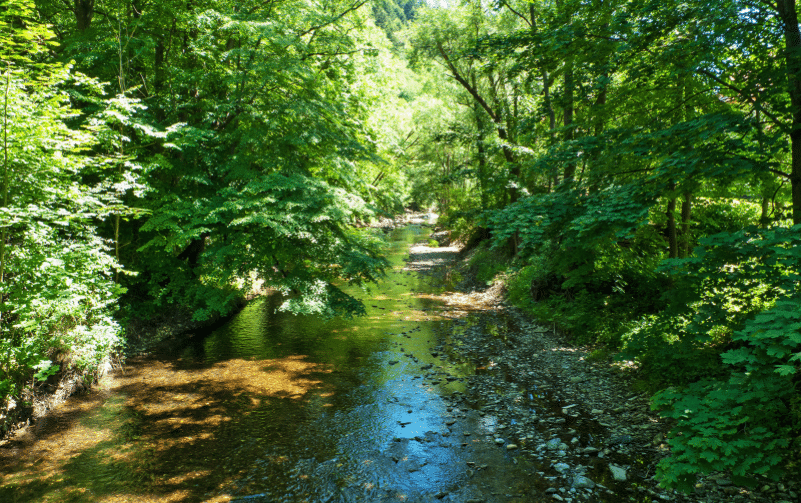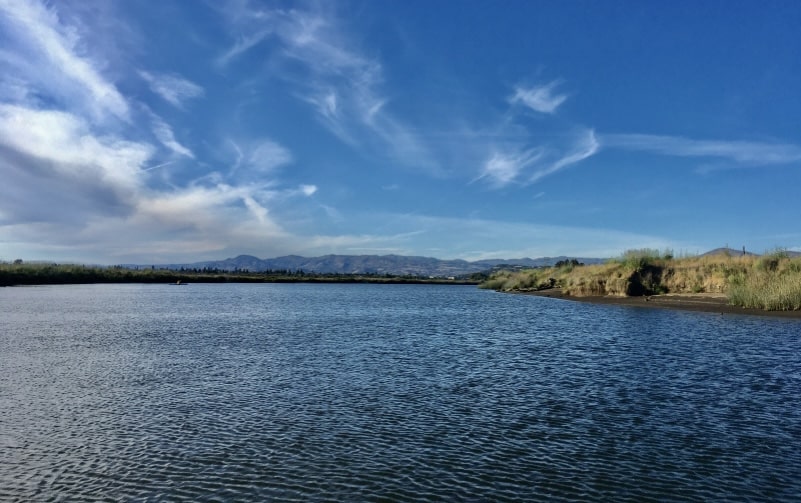
Is The Napa River Salt Water? A River’s Journey
Is The Napa River Salt Water? Are you a nature lover who is curious about the Napa River? Have you ever wondered whether it’s a brackish or saltwater river? I will provide you with all the information you need to understand this beautiful and unique river.
We’ll explore the origin and course of the Napa River, as well as its watershed and ecology. You’ll learn about restoration efforts that have helped to improve the health of the river, and we’ll dive into the freshwater stretch of the river too.
Finally, we’ll answer that burning question – is the river brackish or saltwater? – and explain how that affects the river’s diverse array of plant and animal life. If you’re interested in learning more about rivers, their ecosystems, and how they work, then this is for you.
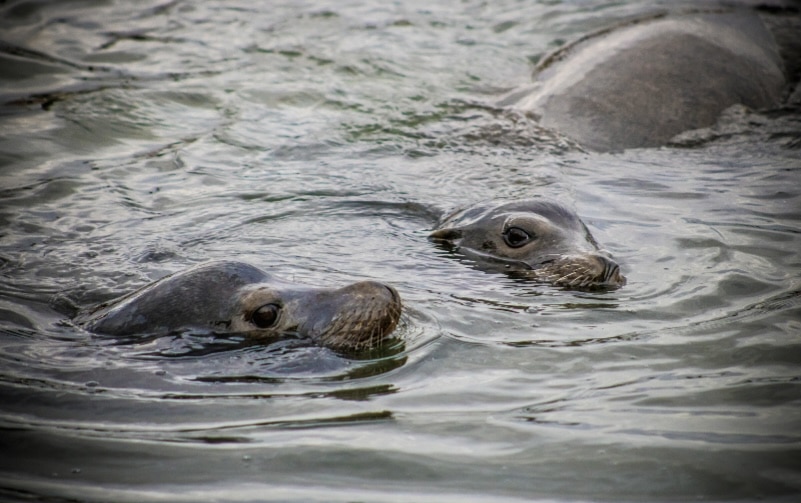
Is the Napa River Saltwater?
Yes and no. The Southern section of the Napa River is predominantly a brackish water estuary, influenced by tides and located close to the river mouth. Its salinity composition varies based on tidal cycles and surrounding factors. The northern section of the Napa River is freshwater.
This unique ecosystem supports diverse species adapted to the fluctuating saltwater and freshwater conditions, making it an important ecological resource.
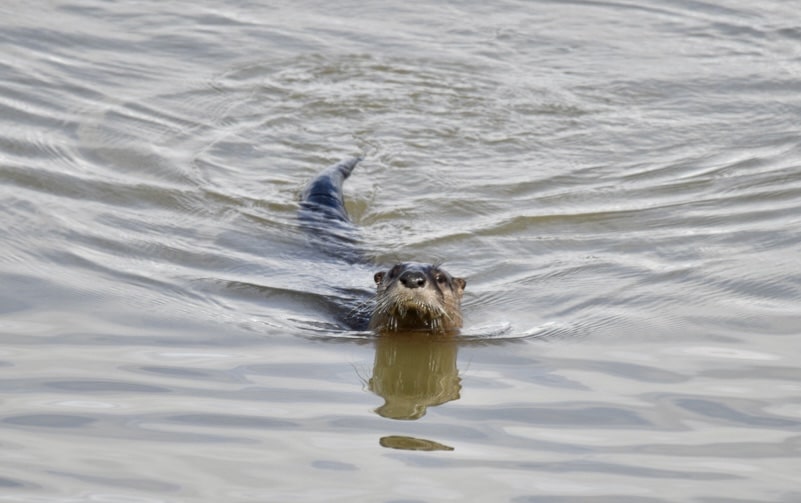
Understanding the Napa River
The Napa River is a tidal river with estuary characteristics, flowing for about 55 miles from Mount Saint Helena. Covering approximately 426 square miles, the Napa River watershed plays a crucial role in the surrounding ecosystem and is an important water resource for California.
With its proximity to Napa County, Kennedy Park, downtown Napa, and Robert Louis Stevenson State Park, the river offers diverse recreational opportunities on the upper section of river. Additionally, the lower section of the Napa River, from Napa to San Pablo Bay, has flatwater that is suitable for boating.
The Napa River basin is also home to a variety of wildlife, including salmon, porpoise, beavers and other keystone species. Its upper and lower sections are vital for maintaining the ecological balance.

Origin and Course of the Napa River
The Napa River begins its journey on Mount Saint Helena, the highest peak in the area, located in the Mayacamas Mountains. Meandering from Kimball Canyon, it shapes the upper section of the river. As it flows downstream, the river passes through downtown Napa, the largest city in Napa County.
Finally, it empties into the San Pablo Bay, which connects to the San Francisco Bay. This diverse course takes the Napa River from the mountains to the urban landscape, showcasing the beauty and importance of this waterway.
Characteristics of a Tidal River
The Napa River showcases several unique characteristics as a tidal river. Its proximity to the bay area allows for tidal influences, creating a dynamic intertidal zone along with the salt ponds.
These tidal movements greatly impact the water quality and wildlife of the river, influencing the diverse range of species that thrive in its estuary. The tides also play a crucial role in maintaining the balance between saltwater and freshwater in the river, resulting in a brackish environment.
This ecological richness is supported by the Napa River’s estuary, making it a thriving habitat for various species.
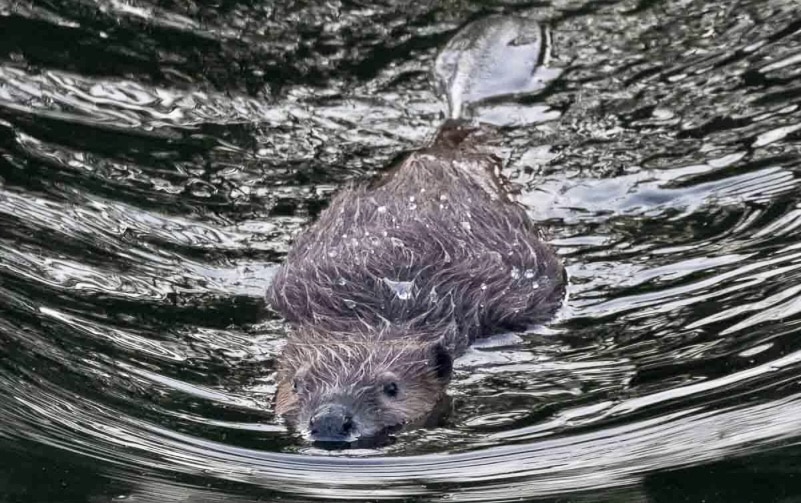
Exploring the Watershed of Napa River
The Napa River flows through the scenic Napa Valley and eventually meets the San Francisco Bay, creating a diverse and dynamic watershed. Conservation efforts have greatly improved the river’s water quality over the years. Located at the confluence of freshwater and saltwater, the Napa River experiences a blend of both influences.
This unique environment supports a wide range of wildlife species, including fish, birds, and mammals. Along the river, there are abundant opportunities for outdoor recreational activities like kayaking and hiking, allowing visitors to fully explore and appreciate the natural beauty of this vibrant watershed.
Significant Streams and Tributaries
Napa Creek, is the primary tributary which converges with the river in downtown Napa. Adding to the lower section of the river’s water flow, Milliken Creek is also a significant tributarie.
Conn Creek, Bale Creek, Tulocay Creek and more add to the 47 tributaries which empty into the Napa River along it’s course to the bay.
The river’s upper section receives contributions from various other tributaries that enhance its water flow and quality. Furthermore, the surrounding watershed of the Napa River consists of numerous smaller tributaries, each playing a vital role in maintaining the ecological balance of the river.
These streams and tributaries are crucial components of the Napa River’s overall ecosystem.

Role of Watershed in River Health
The watershed of the Napa River, encompassing the surrounding area that drains into the river, plays a vital role in maintaining its health, water quality, and ecological balance. Acting as a natural filter, the watershed helps remove pollutants and sediment from the water, ensuring its cleanliness.
It also provides essential habitat for wildlife, allowing various species to thrive along the river’s. Additionally, the watershed regulates the flow of water in the Napa River, preventing floods and maintaining the overall equilibrium of the ecosystem.
Conservation efforts, including land management practices and restoration projects, are crucial in protecting this watershed, thus ensuring the continued well-being of the river and its surrounding area.
Diving into the Ecology of Napa River
Diving into the Ecology of Napa River
The Napa River is a unique tidal estuary that is influenced by both freshwater and saltwater. While the upper reaches of the river consist mostly of freshwater, the lower reaches near the San Pablo Bay are characterized by saltwater.
This mixing of freshwater and saltwater creates a diverse ecosystem with a wide range of flora and fauna. However, human activities such as urban development and agriculture in the state of California have had a significant impact on the ecology of the river.
Efforts are underway to preserve and restore the Napa River ecosystem. Wetland restoration and pollution control initiatives are being implemented to mitigate the negative effects of human activities.
These conservation measures aim to protect the biodiversity of the river and ensure a healthy ecosystem for future generations. By safeguarding the Napa River, we can support the rich diversity of species that call its waters home.
Biodiversity in Napa River: From 19 to 57 Species of Fish
The Napa River, a tidal river that flows into the San Francisco Bay, has seen a remarkable increase in biodiversity due to restoration efforts. Once supporting only 19 native fish species, the river now boasts a total of 57 native fish species.
This increase in biodiversity is not limited to fish; the river is also home to a diverse range of plant and animal species, including several threatened or endangered species. Ongoing restoration efforts aim to further improve water quality and habitat, ensuring the continued support and enhancement of biodiversity in the Napa River, CA.
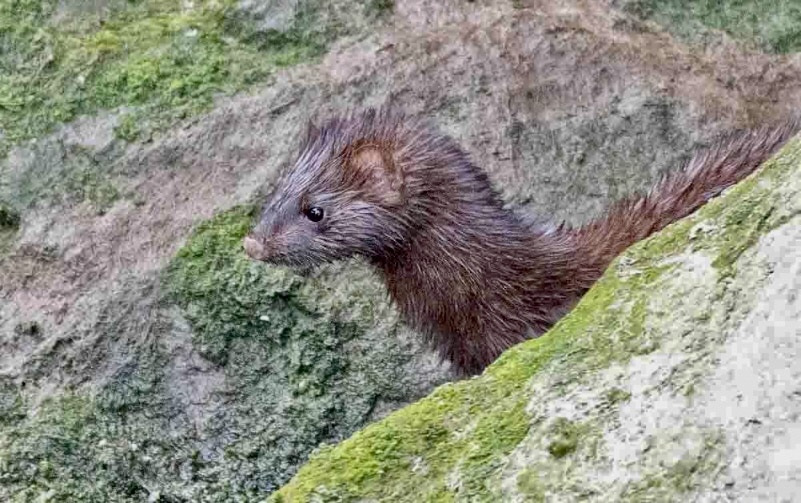
Return of Wildlife: Otters, Minks, Porpoises, and More
The restoration of the Napa River has resulted in the resurgence of various wildlife species, including river otters, minks, and beavers. These keystone species have found suitable habitats within the river, contributing to their conservation and the overall ecological balance.
Additionally, the presence of an estuary in the Napa River attracts porpoises, shorebirds, and waterfowl, enhancing the area’s biodiversity. Restoration efforts have focused on improving water quality, preserving wetlands, and conserving habitats, including beaver dams, all of which have directly benefited these wildlife species.
The return of these animals signifies the success of conservation initiatives and the restoration of the river’s ecological health.
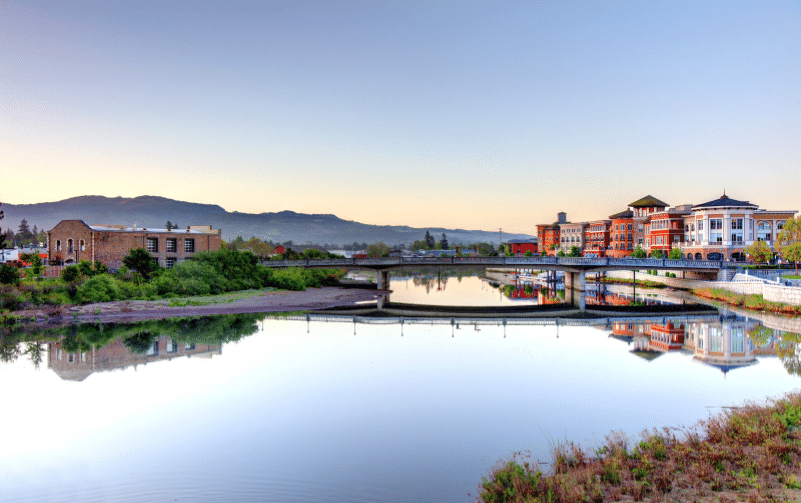
Restoration Efforts and Their Impact
Various restoration projects have been implemented to enhance the ecological health of the Napa River. These initiatives encompass wetlands restoration, improvement of water quality, and the conservation of wildlife species. As a result, the river has experienced positive transformations, with increased biodiversity and enhanced ecological functions.
The restoration efforts have not only benefited the environment but also provided recreational opportunities such as kayaking, wildlife observation, and nature trails. These endeavors have been supported by the community and various conservation organizations, all with the shared goal of ensuring the long-term ecological well-being of the river and promoting recreation for the public.
Efforts to Restore the Health of the River
Ongoing restoration projects in Napa County are focused on improving the ecological state of the Napa River. These initiatives aim to enhance water quality, wildlife habitat, and the overall health of the river ecosystem.
Collaboration between various organizations, agencies such as Napa County Resource Conservation District, Friends of the Napa River, and the local community is crucial in these restoration efforts. By restoring the river, the natural beauty and biodiversity of the area are preserved.
The restoration of the river benefits both the environment and the surrounding communities, ensuring a sustainable future for the Napa River.
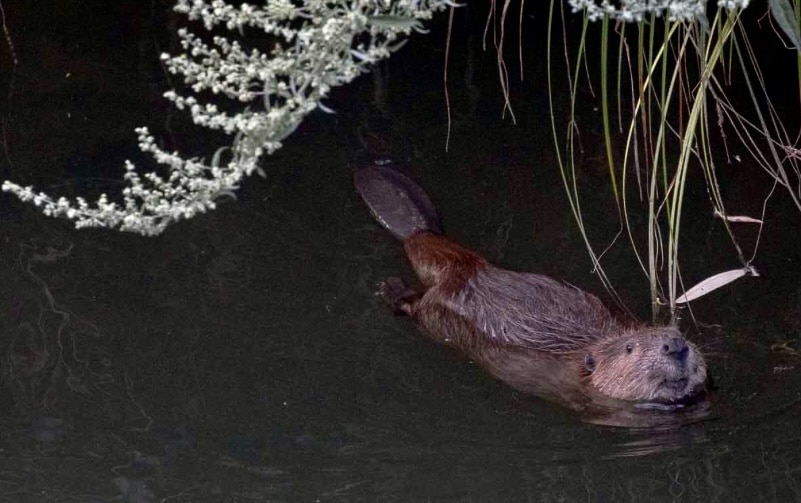
The Success Story of Restoration
Restoration efforts have revitalized the Napa River, once plagued by pollution and degradation. The improved water quality has led to the return of diverse wildlife species, including fish, birds, and mammals.
Along with the ecological benefits, the restoration has created recreational opportunities such as kayaking, wildlife viewing, and hiking. This success story of conservation and restoration, after the devastating flood of 1986, serves as a model for other river restoration projects.
It showcases the positive impact of conservation efforts on the environment and the local community. The Napa River restoration exemplifies how dedicated efforts can transform an ecosystem and benefit both nature and people.
The Freshwater Stretch of Napa River
The freshwater stretch of the Napa River, located north of Trancas Street, is a vital section that supports diverse river life and offers recreational opportunities. This stretch is not influenced by saltwater tides and plays a crucial role in providing habitat for fish, plants, and wildlife.
The water quality in this region is influenced by the surrounding watershed, including tributaries, and ongoing conservation efforts. With its scenic beauty and ecological services, the freshwater stretch of the Napa River serves as a valuable resource for both the local community and the abundant wildlife that call it home.
Freshwater Region: From Trancas Street North
Starting approximately from Trancas Street, the freshwater region of the Napa River extends northward, showcasing its natural beauty. This section of the river is characterized by wetlands, creek tributaries, and wildlife habitat.
It provides recreational opportunities, wildlife habitat, and ecological services. The area around the river offers outdoor activities like hiking, birdwatching, and nature exploration. The freshwater region of the Napa River is a gem in Napa County, attracting visitors to enjoy its serene environment and abundant wildlife.
Impact of Freshwater on River Life
The freshwater section of the Napa River, located from Trancas Street and extending northward, supports a diverse range of species, including fish, plants, and wildlife. The water quality in this area plays a crucial role in the survival and reproduction of river life.
The availability of freshwater resources directly influences the distribution and abundance of species within the river ecosystem.
Additionally, the freshwater section of the Napa River provides important ecological services, such as water filtration and flood control. Understanding the impact of freshwater on river life is essential for the conservation and management.
Defining Brackish and Saltwater
Brackish water, unlike seawater but similar to freshwater, contains a moderate level of salinity. Saltwater, in contrast, has a high concentration of salt and is primarily found in the oceans. The distinction between brackish water and saltwater lies in their relative salt content.
The Napa River, being a brackish water estuary, is a unique ecosystem where saltwater and freshwater intermix. This creates an environment that supports a diverse range of species, making it important to understand the difference between brackish water and saltwater when studying estuarine ecosystems.
Analyzing the Water Composition of Napa River
Analyzing the water composition of the river provides valuable insights into its ecological health and the impact of human activities on the estuary ecosystem. The river’s water composition is influenced by various factors such as tides, river flow, and surrounding ecological conditions.
Where we kayak the Napa River It is a brackish estuary environment, containing a mixture of saltwater and freshwater. The salt content in the water varies depending on tidal cycles, river flow, and proximity to the river mouth. Conservationists and researchers monitor this composition to understand the well-being of the river and the species that depend on it.
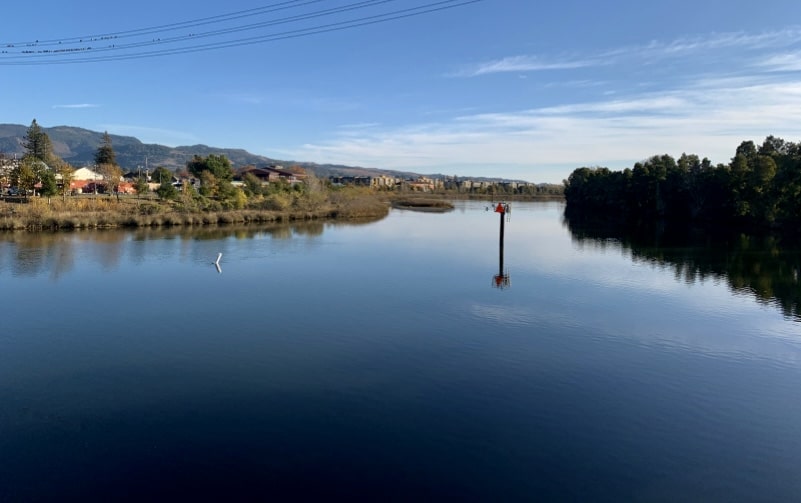
How Does the Water Type Influence River Life?
The water type plays a crucial role in shaping the distribution, behavior, and survival of species within the Napa River ecosystem. Different species have adapted to specific water types, affecting their ecological interactions and resource availability. Understanding this influence is essential for conservation and management efforts.
Adaptations of Species in Different Water Types
Species in the Napa River have developed unique adaptations to survive and thrive in different water types. This includes saltwater, freshwater, and the brackish estuary.
Anadromous species like salmon have the remarkable ability to adapt to both saltwater and freshwater environments, undertaking long migrations for breeding. Estuarine species, such as the salt marsh harvest mouse, have evolved specialized physiologies to tolerate the fluctuating salt concentrations in the estuary.
On the other hand, freshwater species like trout are adapted to the lower salt content of the river, relying on suitable habitat and food resources. These adaptations showcase the ecological diversity and resilience of the Napa River ecosystem.

Diversity of Species in Brackish vs Saltwater
The brackish water of the Napa River supports a unique mix of species, including those that are dependent on estuaries. On the other hand, saltwater species in the river mouth and surrounding bay area have adapted to the higher salt content.
The diversity of species found in the Napa River watershed is extensive, ranging from steelhead trout and chinook salmon to waterfowl, shorebirds, and even beavers.
Understanding the differences in species composition between brackish and saltwater ecosystems is crucial for effective conservation and management efforts. This ecological diversity plays a vital role in maintaining the overall health of the surrounding wetlands and bay area.
Are There Similar Rivers to Napa in Terms of Water Type?
In terms of water type, the Napa River may be unique, but there are other rivers in the San Francisco Bay area with similar characteristics. Rivers like the San Joaquin, Sacramento, and the Carquinez Strait have tidal estuary sections that support a mix of saltwater and freshwater species.
Additionally, other areas in the bay area, such as the San Pablo Bay, also experience tides and may have brackish water conditions. The overall water quality and ecological health of these bodies of water are influenced by the surrounding watershed, wetlands, and ecological reserves of the bay area.

In Conclusion: is The Napa River Saltwater?
To conclude, the Southern section of the Napa River is mostly considered a brackish river. Brackish water is a mixture of freshwater and saltwater, and it occurs in estuaries where rivers meet the ocean, or in this case a the San Francisco Bay system.
The Napa River’s location and tidal influence contribute to its brackish nature. This unique water composition plays a significant role in supporting a diverse range of species and promoting ecological balance.
Understanding the brackish nature of the Napa River helps us appreciate the delicate ecosystem and the importance of preserving its health. By continuing restoration efforts and maintaining the freshwater stretch, we can ensure the long-term sustainability of this remarkable waterway.
Want To Explore the Napa River? Book a Kayak Rental With Us!

